Tailor and organize Different Business Forms in a few simple clicks. Preview and obtain document templates and effortlessly adjust them with DocHub versatile editing tools.

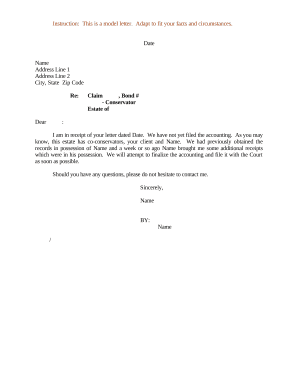
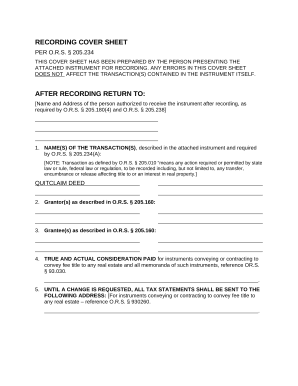
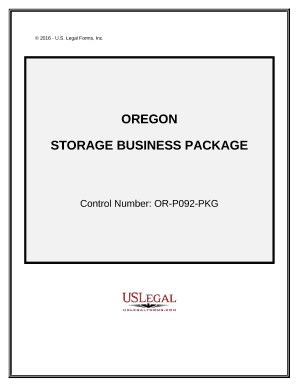



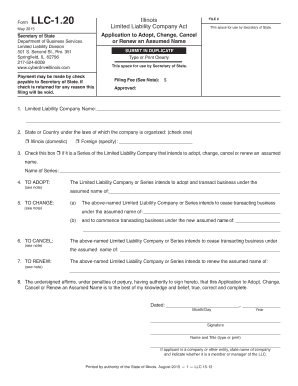
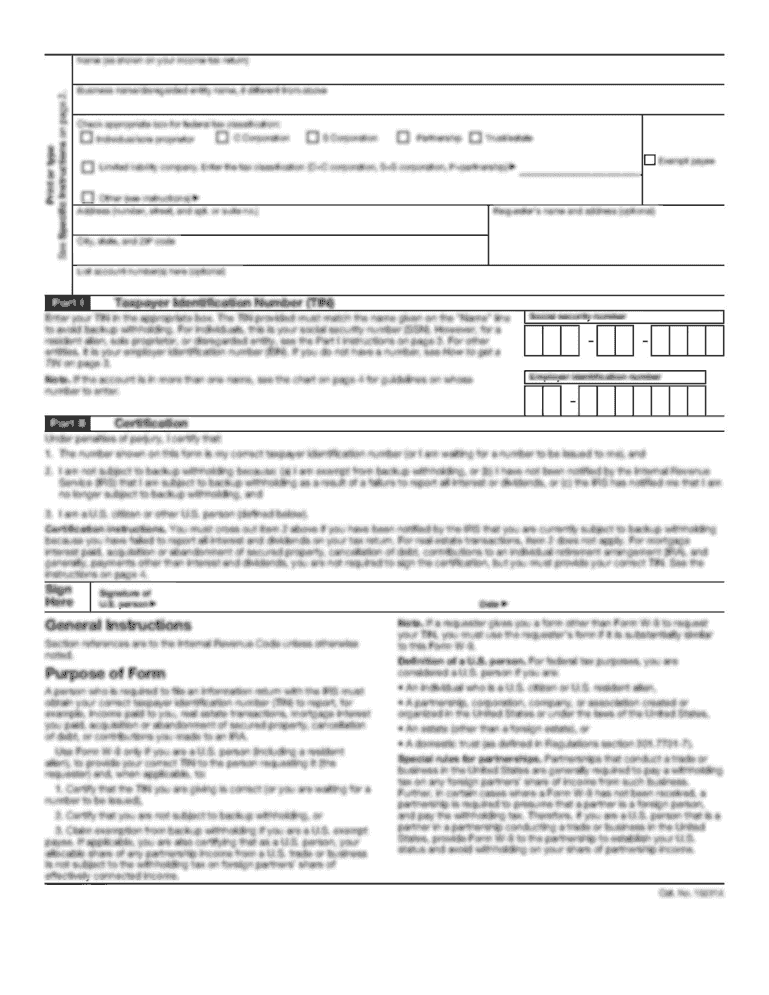
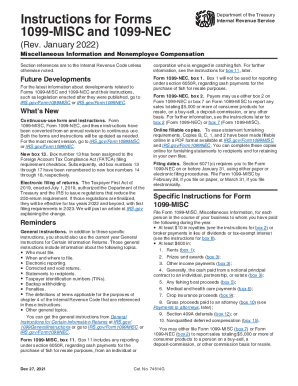
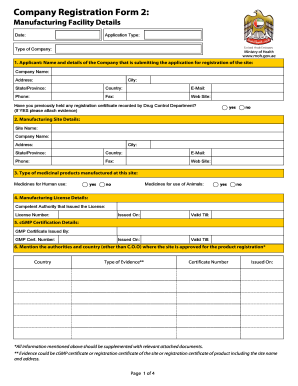
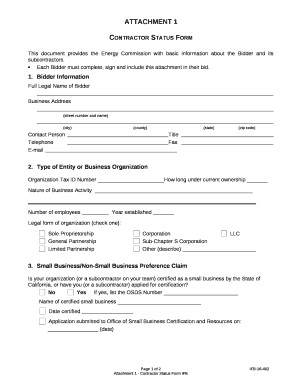
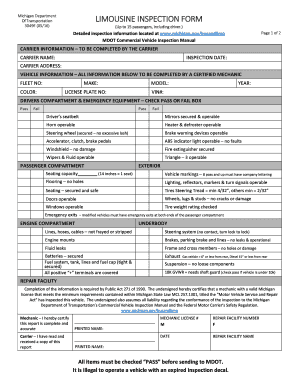

Document administration can stress you when you can’t find all the forms you require. Luckily, with DocHub's substantial form library, you can get all you need and easily deal with it without the need of switching among applications. Get our Different Business Forms and start working with them.
How to use our Different Business Forms using these easy steps:
Try out DocHub and browse our Different Business Forms category without trouble. Get a free account today!